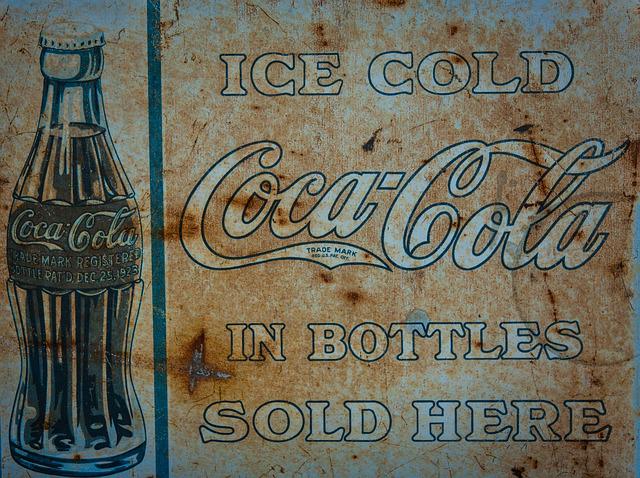
The history of advertising can be traced back to ancient civilizations, when merchants would use signs, symbols, and spoken word to promote their wares. The first known written advertisement was found in the ruins of Thebes in Egypt, and dates back to 3000 BC. It was a papyrus created by a slaveholder who was trying to find a runaway slave, while also promoting his weaving shop.
In the ancient world, advertising was primarily used to promote goods and services in local markets. However, with the rise of trade and commerce, advertising began to take on a more global reach. In the Middle Ages, for example, trade guilds would use posters and flyers to advertise their products in far-flung markets.
The development of printing in the 15th century revolutionized advertising. For the first time, businesses could mass-produce advertisements and distribute them to a wide audience. This led to a boom in advertising, as businesses of all sizes began to use print media to reach their customers.
In the 19th century, advertising continued to evolve with the development of new technologies. The invention of the telegraph and the telephone made it possible for businesses to communicate with customers more quickly and easily. The advent of radio and television in the 20th century opened up new opportunities for businesses to reach a mass audience.
Today, advertising is a multi-billion dollar industry. Businesses use a variety of media to reach their customers, including print, broadcast, online, and mobile. Advertising is an essential part of the marketing mix, and it plays a vital role in helping businesses to grow and succeed.
Here is a brief timeline of the history of advertising:
Today, advertising is a multi-billion dollar industry that plays a major role in shaping the economy, culture, and society.